1991 saw the release of Silence of the Lambs. It achieved wide acclaim, becoming one of only three movies to win all five major Academy Awards, a feat not accomplished since One Flew Over the Cuckoos Nest. Based on the novel by Thomas Harris, it was the first of three films featuring Anthony Hopkins as Hannibal Lecter, which has since become his signature role. However, Silence of the Lambs was the second book in the series, and it was also the second movie to feature Lecter. The first film was released in 1986, and it may be the most unusual entry in the Hannibal Lecter saga.
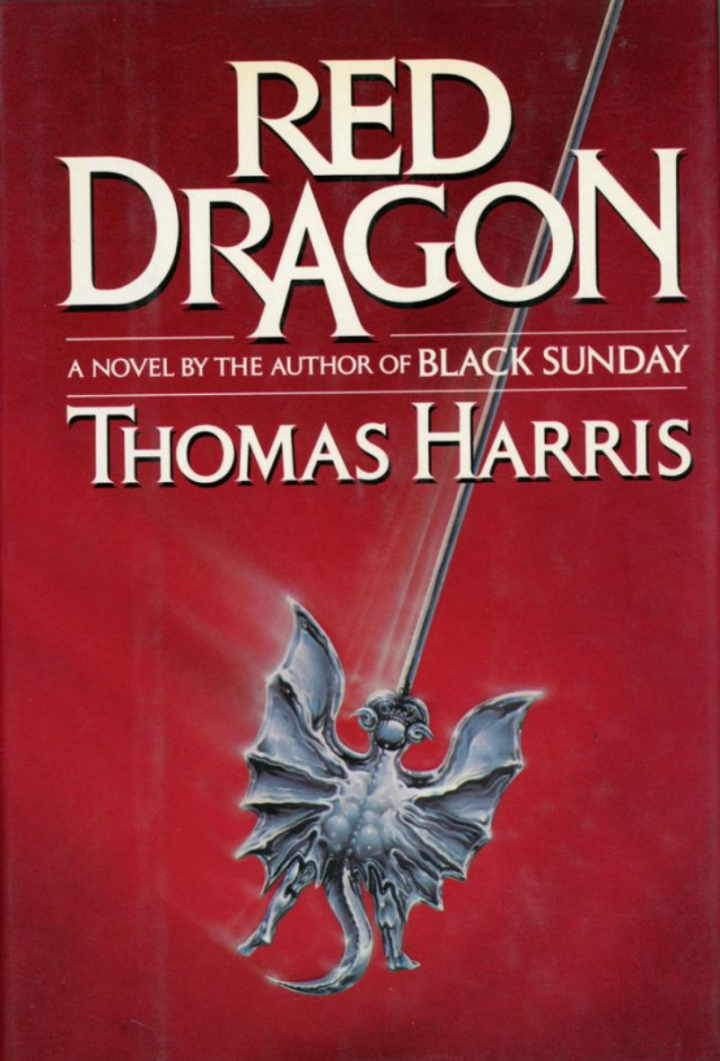
Harris’ original novel, Red Dragon, told of FBI agent Will Graham’s hunt for a serial killer dubbed ‘The Tooth Fairy,’ who slaughters entire families. Though the characters of Red Dragon have since appeared on the big and small screen numerous times, 1986’s Manhunter was the first. As such, it stands on its own as one of the most unsettling, stylish, and unique entries in the series.

Manhunter was directed by Michael Mann, the creator of the hit TV series Miami Vice. Though the title was changed to avoid it being confused with martial arts films, Mann’s movie follows the source material with surprising accuracy.
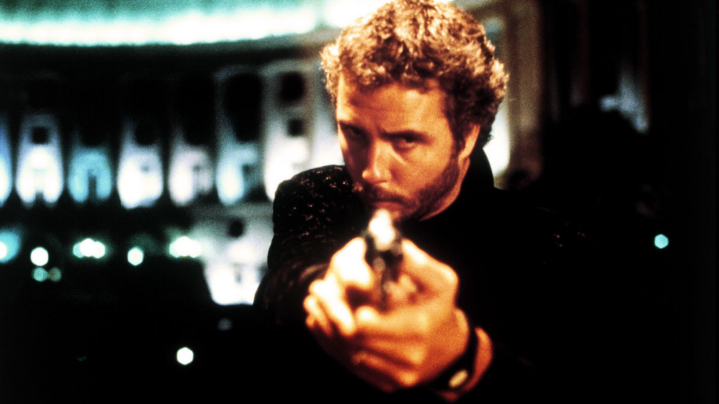
Since Manhunter, Will Graham has been portrayed by Edward Norton in Red Dragon, and Hugh Dancy in the TV series Hannibal. In Manhunter, he is portrayed by William Petersen, who many of you will recognize as the heroic Gil Grissom from CSI Las Vegas. Petersen delivers quite possibly the best performance of his career in this film, playing a character dangerously close to tipping over the edge.
Graham’s chief characteristic is his ability to experience the fantasies and desires of those he’s hunting. In many ways, he has the mentality of a serial killer himself, though Graham finds a healthy outlet in his own desires via his work in hunting murderers. He’s a tricky character to play, and finding the balance between twisted excitement and genuine empathy isn’t easy. Norton’s character came across as too empathetic. Dancy felt too insane. Petersen was able to find a healthy medium, and in doing so makes both elements of the character stronger.

One first notices the subtle underpinnings of Petersen’s performance during his investigation of the Leeds house. While Norton’s Graham was disturbed by what he saw. Petersen’s seemed more fascinated, even thrilled, as he emotionlessly goes from room to room taking down notes on the crime scene.
Petersen’s Graham refers to the killer in very affectionate terms, using phrases like ‘My Man’ and ‘Sport.’ As he delves deeper into the killer’s mind, he becomes increasingly engrossed in his fantasies. In one especially surreal sequence, Graham fully enters the mind of the Tooth Fairy and experiences the crime through his eyes. He sees the victims not as grisly corpses, but as beautiful angelic beings that love and accept him. Graham speaks to the ghostly apparition before him.
I see myself accepted, and loved, in the silver mirrors of your eyes.

The killer, Francis Dolarhyde, was portrayed by Ralph Fiennes and Richard Armitage in Red Dragon and Hannibal respectively. In Manhunter, Tom Noonan takes up the mantle and delivers easily the best performance of the disturbed maniac ever put to screen. Like Petersen, Noonan’s work is relies heavily on balancing two conflicting traits about his character, both his horrific nature and his profound sadness.

Though Red Dragon attempts to make Dolarhyde more sympathetic by exploring his backstory, Fiennes is never quite able to capture the character’s vulnerability. It’s a testament to Noonan’s strengths as an actor that in spite of no backstory being given, he’s able to evoke more pity for the character purely based on his performance. His scenes with Reba (Joan Allen) in particular paint a picture of a character who is awkward and shy.
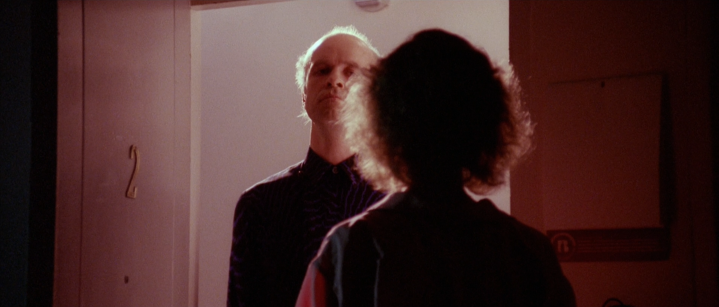
Noonan’s Dolarhyde speaks in a way that’s both timid and frightening, such as his kidnapping and threatening of Freddy Lounds. His biggest moment comes when he suspects Reba has been unfaithful to him. When she calls for Francis, Dolarhyde, awash with red light, coldly responds “Francis is gone forever.” It’s the clearest and threatening line from the character, and his final line in the movie.
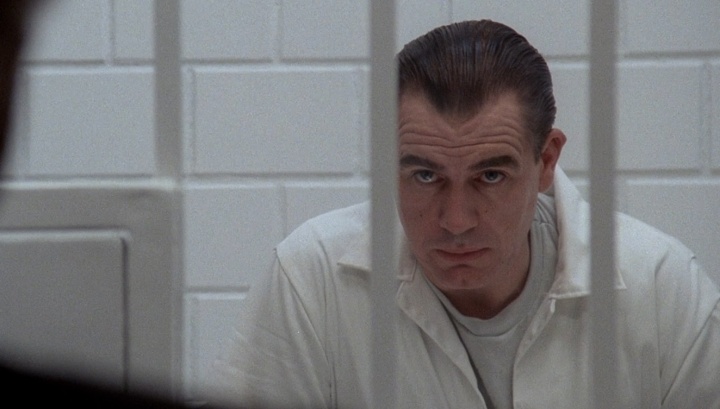
Anthony Hopkins without a doubt is responsible for turning Hannibal Lecter into an icon, but the more down to Earth performance of Brian Cox is still something to behold. As a matter of fact, Cox was offered the role in the sequel, but due to conflicting schedules and issues with rights, the role eventually went to Hopkins. It’s strange how the two portrayals are still recognizable as the same character. Cox captured the same spirit as Hopkins later would, though in a different way. If Hopkins was a snake, Cox was a jackal.

Brian Cox based his performance for Hannibal Lecter (spelt Lecktor during the end credits) off serial killer Peter Manuel, and it is plainly visible in the way he works. He is sickeningly full of himself yet strangely casual. One of the funniest but also most chilling parts of the film are his final on-screen conversation with Graham over the telephone. He calls Graham, laid back across his bed, gloating that he is unable to find the Tooth Fairy while at the same time giving him cryptic clues. To see such a clear lack of remorse makes these scenes difficult to watch.
While Hopkins took things slow in taunting people, Cox tries a different strategy. He bombards those he speaks with, always fighting a smile. In perhaps the character’s best scene, he hits Graham so hard and quick that his questions send the agent running out of the room and off the hospital grounds. Hopkins created someone who was almost inhuman. Cox never feels like anything but a man, which makes him feel uncomfortably close.

Michael Mann has quite a different visual sense than subsequent filmmakers who tackled the Lecter series. Everything post Silence seemed to try and capture the gothic mood of Demme’s film. Coming prior to Silence, Mann had no such influence and is thus able to craft an interpretation that’s entirely his own.
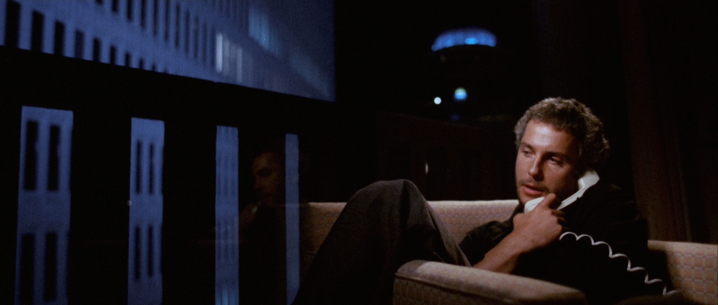
Mann has some wonderfully subtle bits of direction in the film. During the scene where Graham and Lecter speak on the phone, Lecter’s taunts eventually cause Graham to have a revelation about the man he is hunting, visually symbolized by an elevator in the next building rising above his head. This was not an accident. Mann arranged it so his crew would hit the button for the elevator so it would come into the shot at just the right time.

Brian Cox made an interesting comparison when questioned about Manhunter vs. Silence of the Lambs. Silence of the Lambs, he said, was gothic. Manhunter, by contrast, is very clinical. Environments are very clean and sterile, which makes the grisly crime scenes “pop” all the more. Manhunter has some fascinating cinematography, done masterfully by Dante Spinotti, who would later work on Red Dragon in 2002. In that film, he captured the look and feel of Lambs very well. Here, he works with a very different palette, creating a film that appears very unnatural, surreal, and at times, utterly dreamlike.

The differing styles are best illustrated in the abduction and murder of reporter Freddy Lounds, played by future villain of James Cameron’s Avatar, Stephen Lang. Dolarhyde torments Lounds by forcing him to watch a slideshow of his victims before biting out his tongue and setting him on fire. Red Dragon shows this in grisly detail. Manhunter takes a more subtle approach.
Rather than showing the slides to the audience, we instead watch Lounds’ reaction to them. Though we don’t see the images, Lounds is reduced to tears. Given that his character has been so unlikeable beforehand, that he is so deeply affected lets us know how horrible the images must be. Though we don’t see them, we too are afraid. When Lounds’s tongue is removed, Dolarhyde leans in as if for a kiss. The scene cuts outside and we hear Lounds’s agonized cries.

Lounds meets his end in the same way it transpires in the book — tied to a wheelchair, set on fire, and rolled out front of the National Tattler. Unlike in Red Dragon, this delivers a much greater punch to the audience. It is well built up, with the curious guard spotting a faint orange light peaking around the corner of the parking garage. He pays it no mind until the sounds of creaking wheels get louder. He turns and is greeted by the horrific sight of Lounds’s body racing right towards him (and right at us).

The movie does have one major departure from the novel, though this came down to issues of budget and time. The final confrontation at Graham’s house couldn’t be shot due to budget cuts, so the film ended with a more typical police shootout at the Dolarhyde home. Still, Mann manages to save face with an energetic and violent sequence. By the end, Dolarhyde’s body lays on the floor before Graham, blood spreading out beneath his arms as a grotesque pair of wings. Again, this was deliberate. In death, Dolarhyde has been transformed into the Red Dragon.

Manhunter is one of the first films of its kind and remains the most unique film in the series. It sports fascinating stylistic choices, a unique brand of acting, and an atmosphere and look that firmly plants the film in the ’80s. This, however, shouldn’t be considered a detriment to the film. Just because a film isn’t ageless doesn’t mean it isn’t good.

One could make legitimate arguments that Manhunter is just as good as (if not better than) Silence of the Lambs. When looking at both films, I honestly find it hard to chose which one is better. The success of Silence helped re-ignite interest in Mann’s movie, which came and went from theatres in 1986. I am a massive fan of both movies and the styles they showcase, I can say with a straight face that Manhunter, like Silence of the Lambs, is a masterpiece.
Like this article? Check out these other similarly themed pieces by some of our top contributors!
‘Buffalo Bill is NOT Transgender’ Claims ‘Silence of the Lambs Actor’


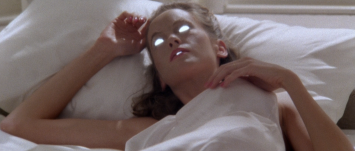
3 thoughts on “The Forgotten Hannibal Lecter Film: Revisiting ‘Manhunter’ – ScreenHub Entertainment”